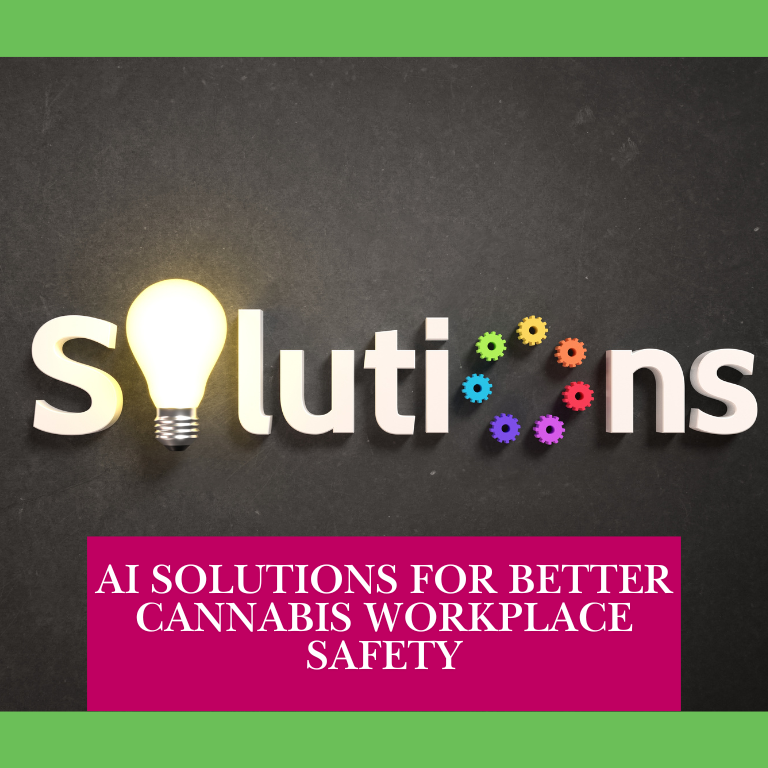Understanding the Evolving OSHA Landscape and Its Impact on Cannabis Operations
As the cannabis industry continues to grow and evolve, regulatory agencies like the Occupational Safety and Health Administration (OSHA) are paying increased attention to workplace safety standards. For cannabis businesses, keeping up with these evolving regulations is crucial to maintaining compliance, ensuring employee safety, and avoiding costly penalties.
The year 2025 brings new changes to OSHA policies that cannabis operators must understand and incorporate into their workplace protocols. With the industry’s unique challenges, including handling hazardous materials and ensuring product safety, a proactive approach to OSHA compliance is essential.
Key OSHA Regulatory Changes Affecting Cannabis Businesses in 2025
Several new or updated OSHA regulations are expected to impact cannabis businesses directly. These changes reflect a broader push for workplace safety across all industries while also addressing the specific risks associated with cannabis cultivation, processing, and retail operations.
Enhanced Recordkeeping and Reporting Requirements
OSHA is expanding its recordkeeping rules to require more detailed reporting of workplace injuries and illnesses. Cannabis businesses must maintain thorough documentation of any incidents and be prepared to submit these records electronically.
What It Means for Cannabis Businesses: Employers must ensure their recordkeeping processes meet OSHA’s updated standards. Failure to maintain accurate records could result in fines and increased scrutiny during inspections.
Increased Focus on Heat-Related Illness Prevention
Given the physical demands of cultivation facilities and the potential for high temperatures in greenhouses, OSHA is implementing stricter guidelines for preventing heat-related illnesses.
What It Means for Cannabis Businesses: Employers must adopt comprehensive heat illness prevention plans, including providing adequate hydration, scheduled breaks, and temperature monitoring.
Workplace Violence Prevention Initiatives
OSHA is introducing new guidelines aimed at reducing workplace violence, especially in high-risk environments like cannabis dispensaries, which can be targets for theft.
What It Means for Cannabis Businesses: Dispensaries should implement security measures, employee training, and emergency response plans to mitigate the risks of workplace violence.
Hazard Communication and Chemical Safety Updates
Changes to OSHA’s Hazard Communication Standard (HCS) align U.S. regulations with the Globally Harmonized System of Classification and Labeling of Chemicals (GHS).
What It Means for Cannabis Businesses: Operations must ensure proper labeling of hazardous chemicals, update Safety Data Sheets (SDS), and provide employee training on handling and exposure prevention.
Steps Cannabis Businesses Can Take to Stay Compliant with OSHA Changes
With these new regulatory changes, cannabis businesses must prioritize workplace safety and compliance. Here are key steps to help businesses manage OSHA’s evolving requirements:
Conduct Regular Safety Audits and Risk Assessments
Performing routine safety audits can identify potential hazards before they lead to violations or employee injuries. Cannabis operators should evaluate everything from facility cleanliness to chemical storage and employee training.
Update Employee Training Programs
Comprehensive employee training is essential to staying compliant with OSHA regulations. Businesses should regularly update training materials to reflect new standards and ensure all staff members understand their responsibilities.
Maintain Accurate Records and Documentation
Proper recordkeeping not only satisfies OSHA requirements but also provides valuable data to improve workplace safety. Cannabis businesses should maintain detailed records of all incidents, training sessions, and safety inspections.
Develop and Communicate Emergency Response Plans
Every cannabis business should have a clear emergency response plan in place. This includes procedures for handling workplace injuries, fires, chemical spills, and potential security threats.
The Consequences of Non-Compliance with OSHA Regulations
Failing to adhere to OSHA standards can result in severe penalties and harm a company’s reputation. OSHA violations can lead to:
Financial Penalties: Fines for non-compliance can range from thousands to hundreds of thousands of dollars, depending on the severity of the violation.
Operational Disruptions: Serious violations may result in mandatory shutdowns until issues are resolved.
Employee Turnover: Unsafe workplaces can lead to increased employee dissatisfaction and higher turnover rates.
Preparing for Future OSHA Developments
OSHA’s increased attention to the cannabis industry suggests that further regulatory changes are likely. Cannabis businesses should stay informed through industry associations, legal counsel, and OSHA resources to ensure ongoing compliance.
By adopting a proactive approach to workplace safety and compliance, cannabis businesses can protect their workforce, maintain smooth operations, and mitigate the risk of regulatory penalties.
Also see.













